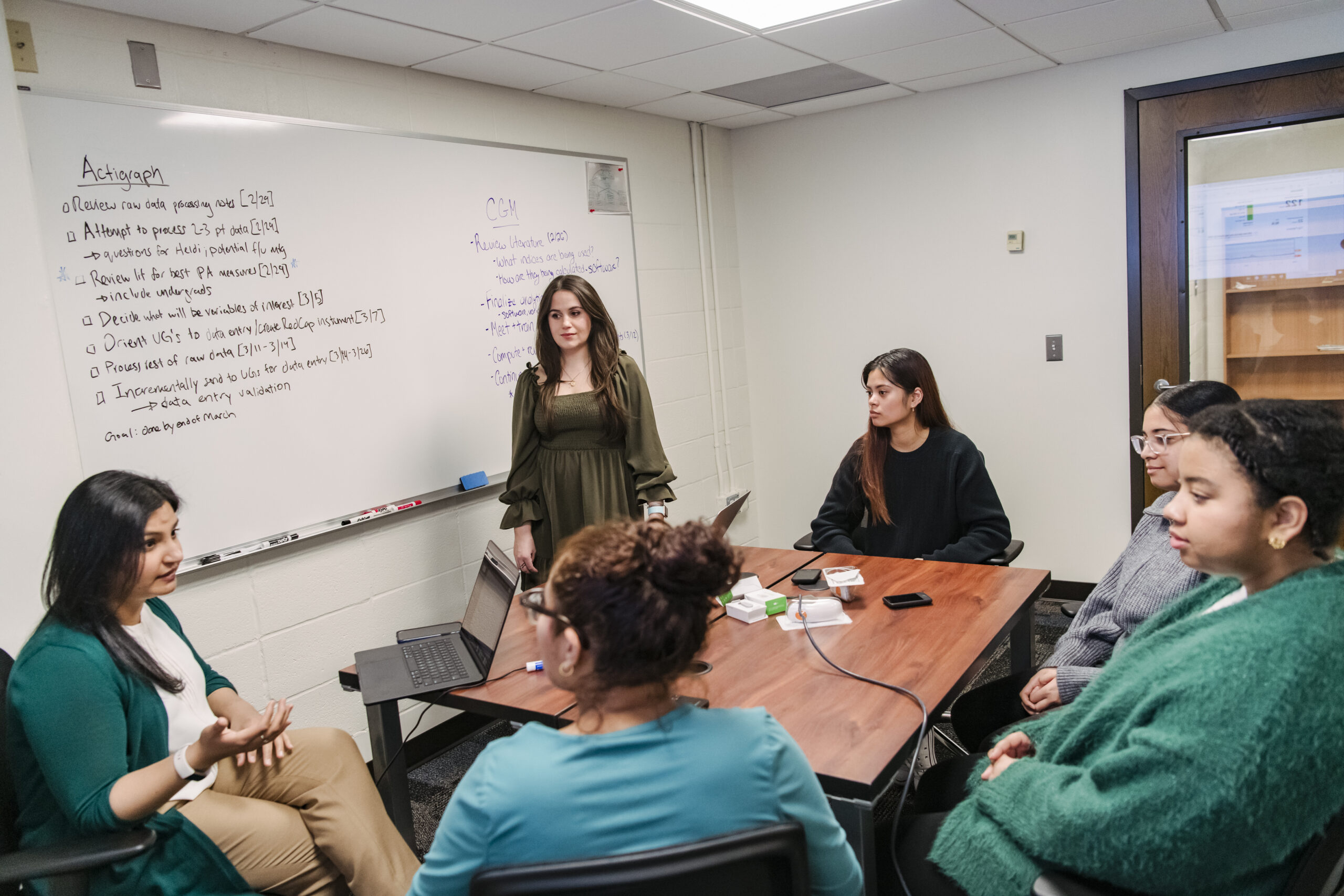On the fourth floor of UMBC’s math/psychology building, Tasneem Khambaty, associate professor of clinical psychology and behavioral medicine, meets with doctoral students Ashley Splain and Sumaiya DeLane to plan the day’s work at the Cognition, Affect, and Cardiometabolic HEalth (CACHE) lab. The task at hand is analyzing novel data collected by continuous glucose monitoring (CGM) systems. Every detail matters. Splain and DeLane are study coordinators for one of the first research studies to use CGM technology to investigate the precise associations between low and high glucose levels, cognitive function, and key Alzheimer’s disease biomarkers in middle-age and older adults at risk for type 2 diabetes.
Now in their sixth and fifth years of the clinical psychology and behavioral medicine doctoral program, Splain and DeLane came to UMBC with years of clinical experience working with older adults. As future clinical psychologists, they were looking for a doctoral program that offered strong mentorship enabling them to build their scientific research skills and obtain hands-on experience in a variety of settings to enrich their clinical practice. The CACHE lab allowed all those things to come together. “I was looking for someone who recognized I had a unique set of experiences and skills to bring and was willing to take a chance and be open to teaching me a lot of these basics,” says Splain. “That was something I appreciated about Dr. Khambaty. She recognized what I could bring to the lab.”
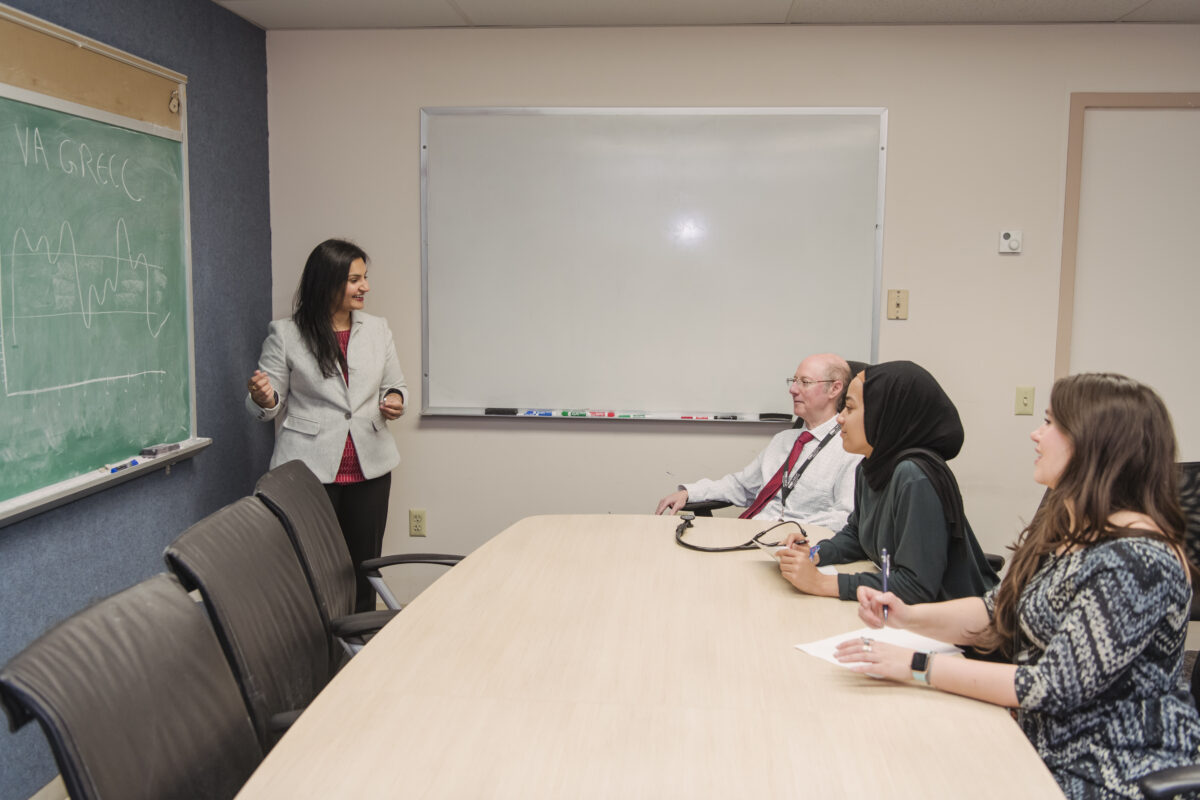
Khambaty, the principal investigator in the CGM study funded by a National Institute of Aging grant, researches the psychosocial and neurocognitive factors that influence the diabetes process across the lifespan of middle-aged and older adults. “This research introduces a cost-effective, user-friendly CGM technology as a novel, sensitive, digital biomarker for the early detection of cognitive dysfunction and stratification of Alzheimer’s disease risk, ultimately, helping older adults preserve cognitive function into later life,” says Khambaty.
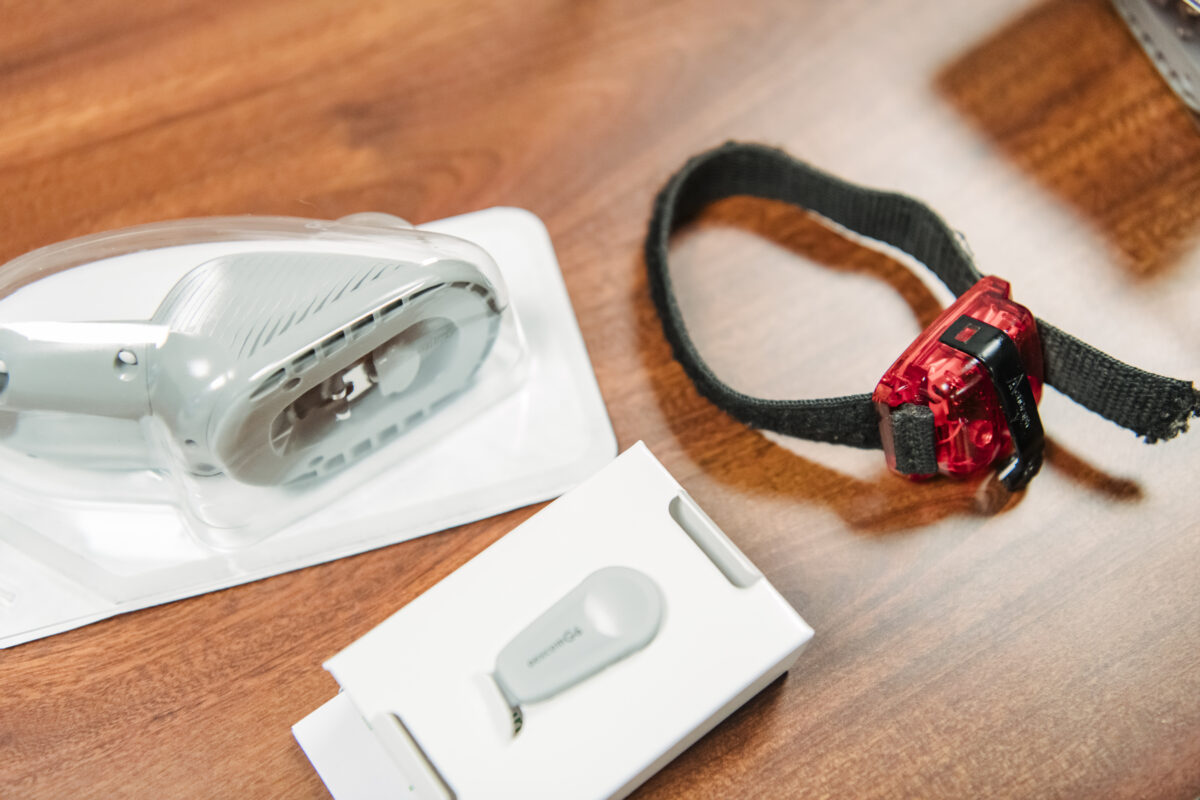
Preventing type 2 diabetes
People with Type 1 diabetes cannot produce insulin at all. Type 2 diabetes happens when the body cannot utilize insulin efficiently, and this is the most prevalent type of diabetes, notes Khambaty. “It is linked to cognitive dysfunction in episodic memory and executive functions, and an increased risk for Alzheimer’s disease. “Type 2 diabetes is curable,” she says. “If we focus on prevention, we won’t need a cure.”
A barrier to prevention is reliable, diagnostic, digital CGM tools for the early detection of cognitive dysfunction and Alzheimer’s disease for people at risk of type 2 diabetes. CGM, which gives a precise assessment of fluctuating blood sugar levels, has historically been limited to people who already have diabetes. “Further research is needed to determine the role of glucose fluctuations in the prediabetic stage,” says Khambaty. This requires collaborators.
Splain and DeLane have been involved in the study from the start, gaining valuable experience alongside an interdisciplinary team of experts in behavioral medicine, endocrinology, geriatrics, and neuropsychology. This includes UMBC’s Shari Waldstein, a professor of psychology who focuses on cardiovascular behavioral medicine and medical neuropsychology, and various physicians and nurses, including Les Katzel a physician of geriatric medicine at the University of Maryland Claude D. Pepper Older Americans Independence Center (UM-OAIC) and the Geriatric Research Education and Clinical Center (GRECC) within the Baltimore Veterans Affairs Medical Center (VAMC).
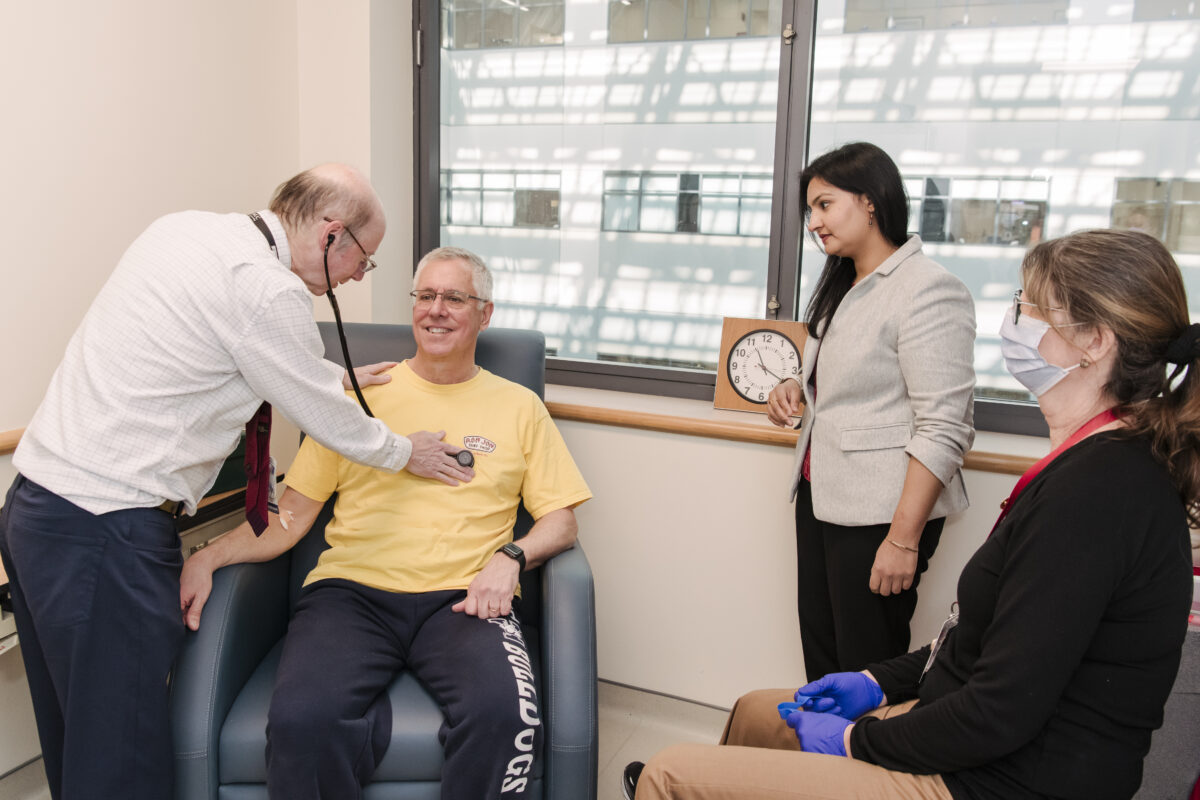
A key benefit of being part of an interdisciplinary team is gaining firsthand experience with the infrastructure and technology essential for this level of research. UM-OAIC and the Baltimore VAMC GRECC provide the infrastructure for the research—human subjects oversight, the study’s safety monitoring, study location, nursing support, blood management, and sample storage. The technology partner, Dexcom, develops, manufactures, produces, and distributes CGM systems for diabetes management. Doctoral students witness in real-time the relationships necessary for driving innovation in this field.
Doctoral research with a global impact
Before participants visit the study nurse at the Baltimore VAMC GRECC to have the Dexcom monitor inserted, they first meet with Splain and DeLane. The pair oversees the entire process, from initial contact to final payment for participation. This includes confirming eligibility, liaising with the nurse practitioners who conduct a physical exam and blood draw, explaining how to use the Dexcom glucose monitoring device and actigraphy band, and conducting neurocognitive assessments to evaluate the participants’ learning, memory, and attention.
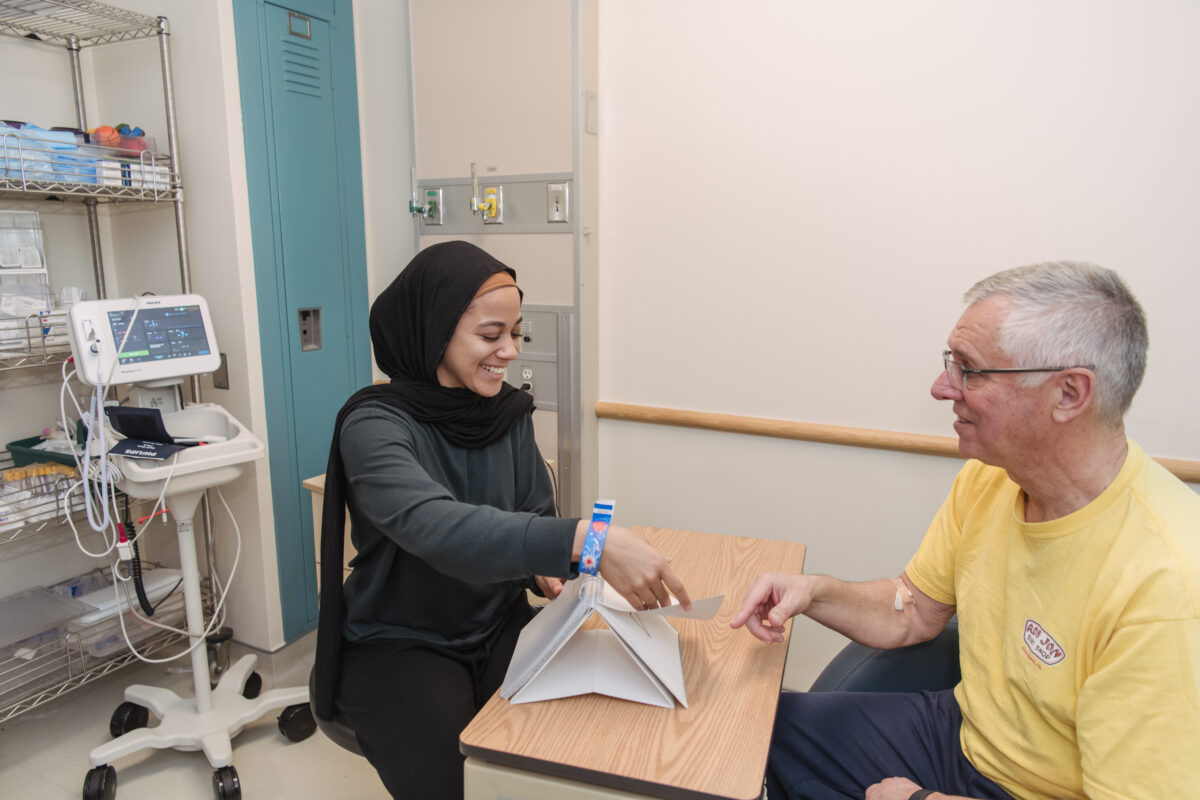
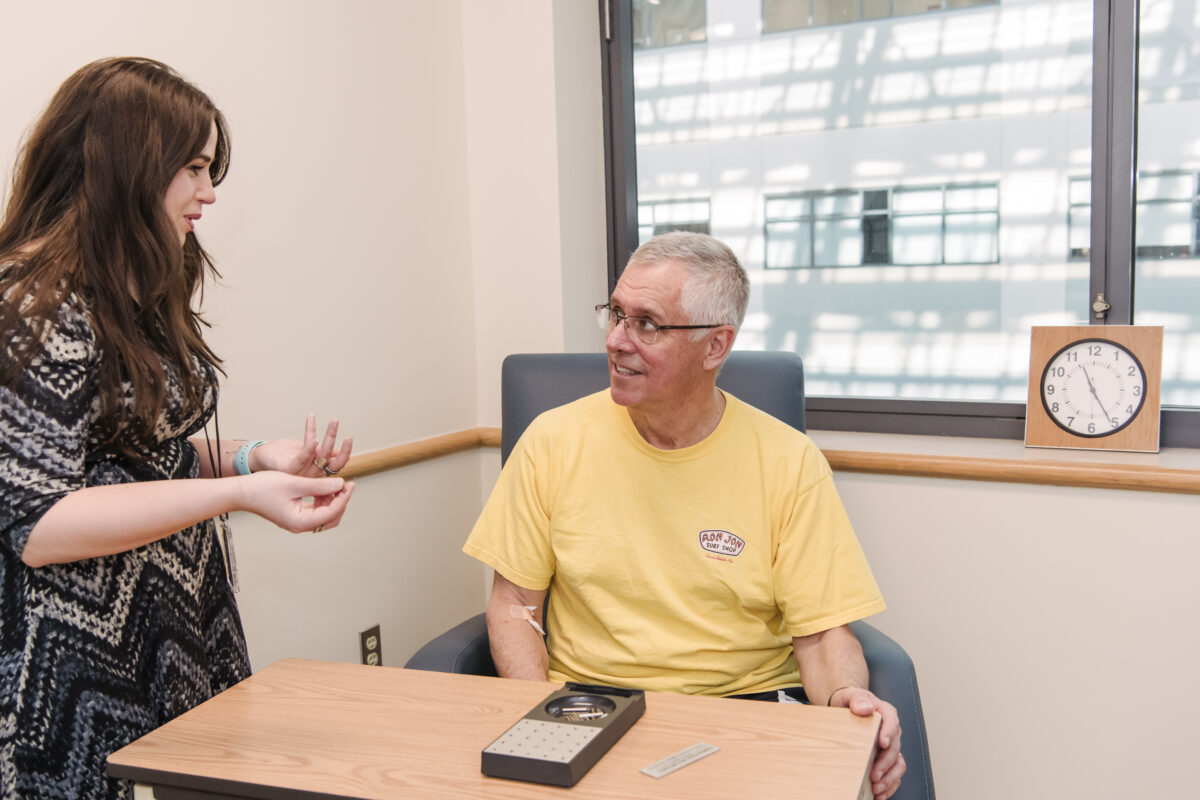
“A lot of our participants have been interested in the study because they have a family history of diabetes and have seen how devastating it can be if left untreated,” says Splain. Her interests in the intersection of cardiometabolic diseases—such as diabetes, heart disease, and hypertension—and the impact of psychological factors like depression and anxiety on their development made her an excellent fit for Khambaty’s lab. “Because of that history, they are willing to give their time so that we can advance how we treat this debilitating condition,” Splain continues.
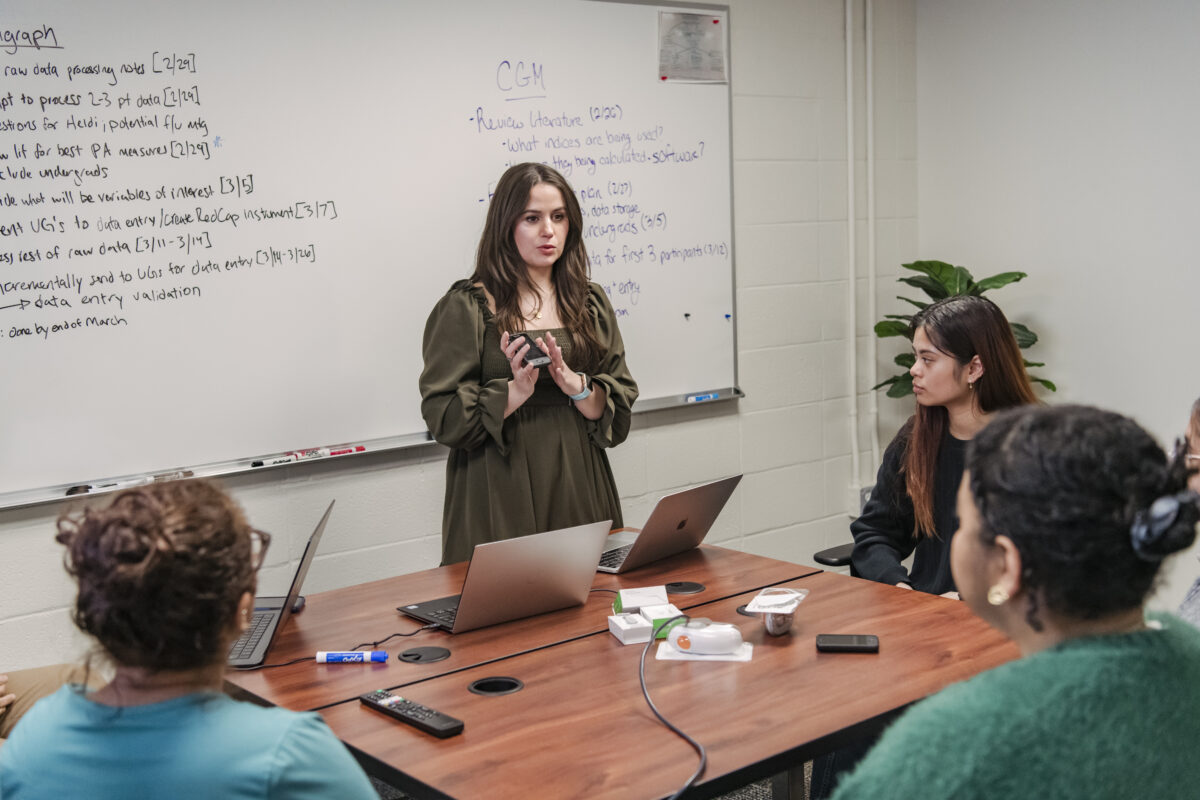
Eight days later, when the monitor is removed, the study coordinators conduct a final review with participants asking about their social networks, mood, and symptoms of depression as well as their sleep and physical activity levels. Meanwhile, back at the UMBC lab, Khambaty, Splain, and DeLane lead undergraduate students in entering, processing, and analyzing the data. The doctoral students dive deeply into the data sets and participant feedback and plan the next phase of their research.
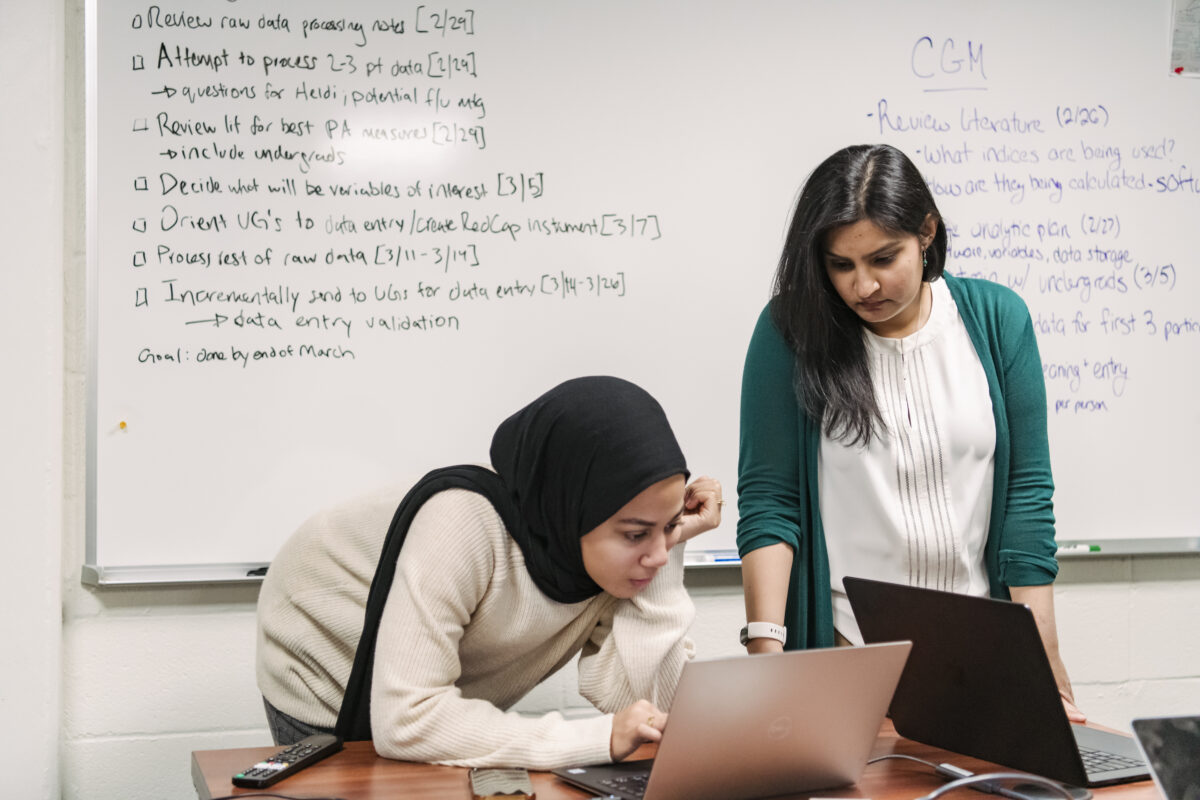
“Clinic psychology programs require a lot of mental shifting because we’re doing not only research but we’re also doing the clinical piece,” says Splain. “Connecting with participants, hearing their stories, and knowing that our research can hopefully move the field forward keeps us going.”
Welcoming more student researchers
Khambaty is determined to inspire more students in this field. Currently, there are six undergraduates and three graduate students in the lab. Khambaty also shares her research with undergraduate students in her upper-level seminar, Health Promotion and Disease Prevention. “Students are excited to learn about how multidisciplinary perspectives from medicine, public health, epidemiology, and psychology are needed to understand the challenges and opportunities for chronic disease prevention in the U.S.,” says Khambaty.
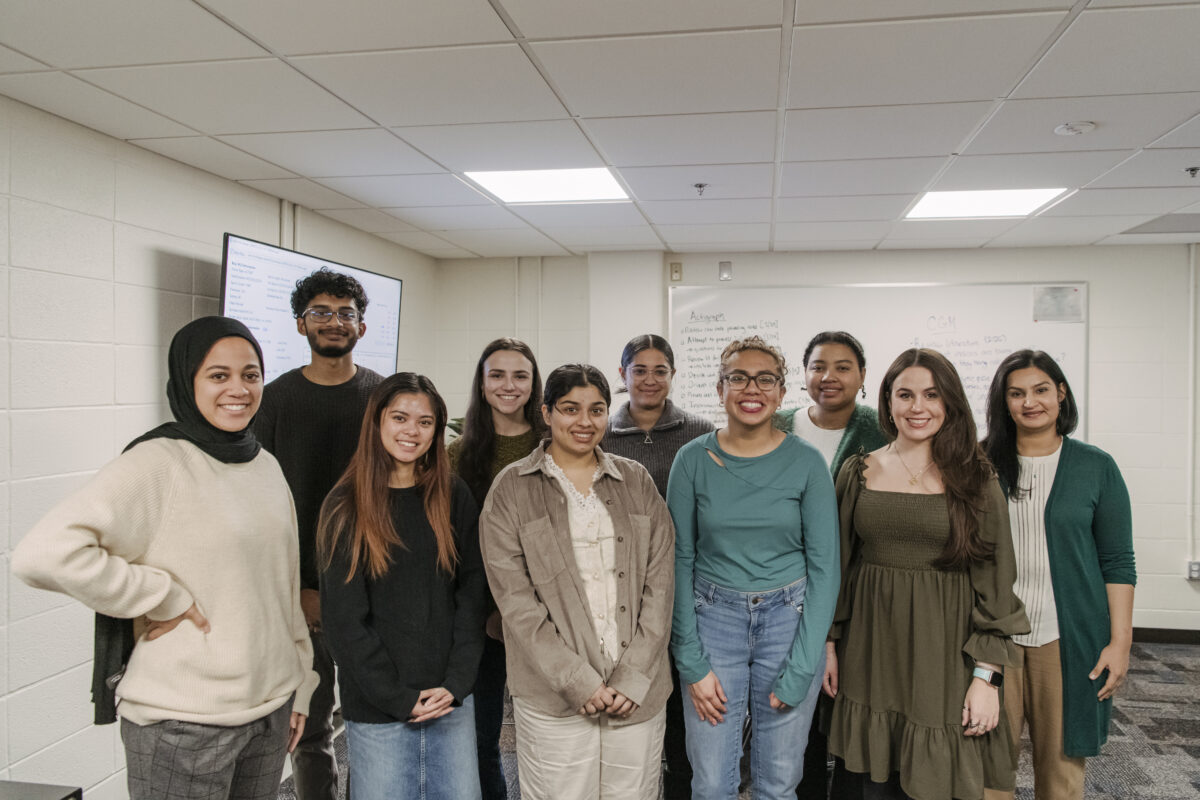
Now working on her dissertation, DeLane reflects on the impact of the research she’s contributed to. The study is in its second year of funding.“I find it very exciting. I’ve been amazed at how when participants first join our study, they begin to connect the dots between their blood sugar levels and their brain health later in life. It empowers them with a sense of ‘I can do something. I can take control,’” she says. Currently, her research focuses on how psychophysiological factors, such as heart rate variability, can enhance our understanding of the link between anxiety symptoms and glucose regulation, particularly in relation to social support and resilience. Over the next year, she plans to apply for internships in pediatric neuropsychology where she can further investigate how early life experiences interact with these factors to shape cognitive health in children.
The World Health Organization reports that there is a globally agreed target to halt the rise in diabetes and obesity by 2025. Its latest reports show that about 422 million people worldwide have diabetes, the majority living in low-middle-income countries, and 1.5 million deaths are directly attributed to diabetes each year. “The fact that we are looking at people with prediabetes rather than a confirmed diagnosis empowers people to make small changes in their lifestyle,” says DeLane. “To be able to share that, and from existing research I’m familiar with, to give them a little bit of advice, it makes me feel like I’m making a bit of a difference.”
Learn more about UMBC’s psychology programs, including the behavioral medicine track.
Register for PSYC 475 – Health Promotion and Disease Prevention.
Tags: CAHSS, CAHSS_research, Psychology, Research

